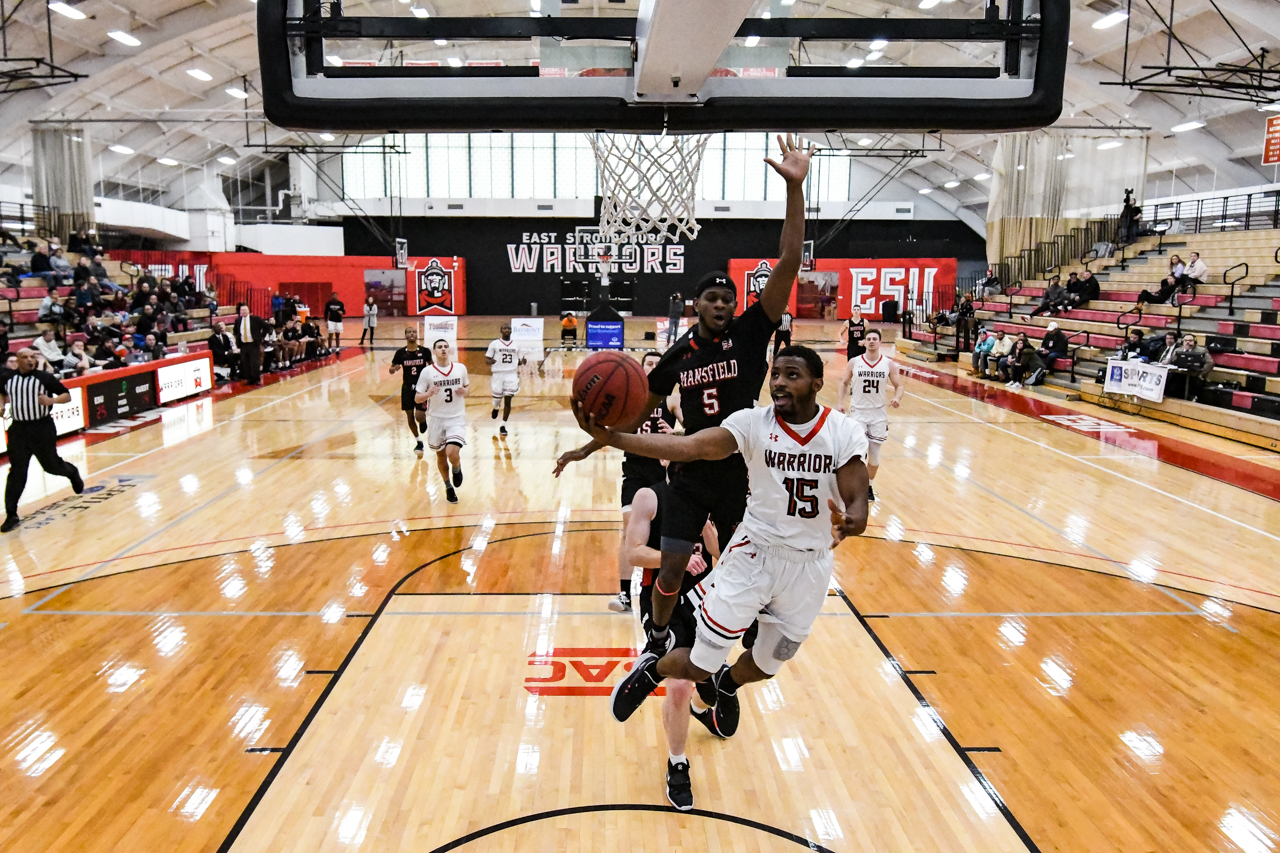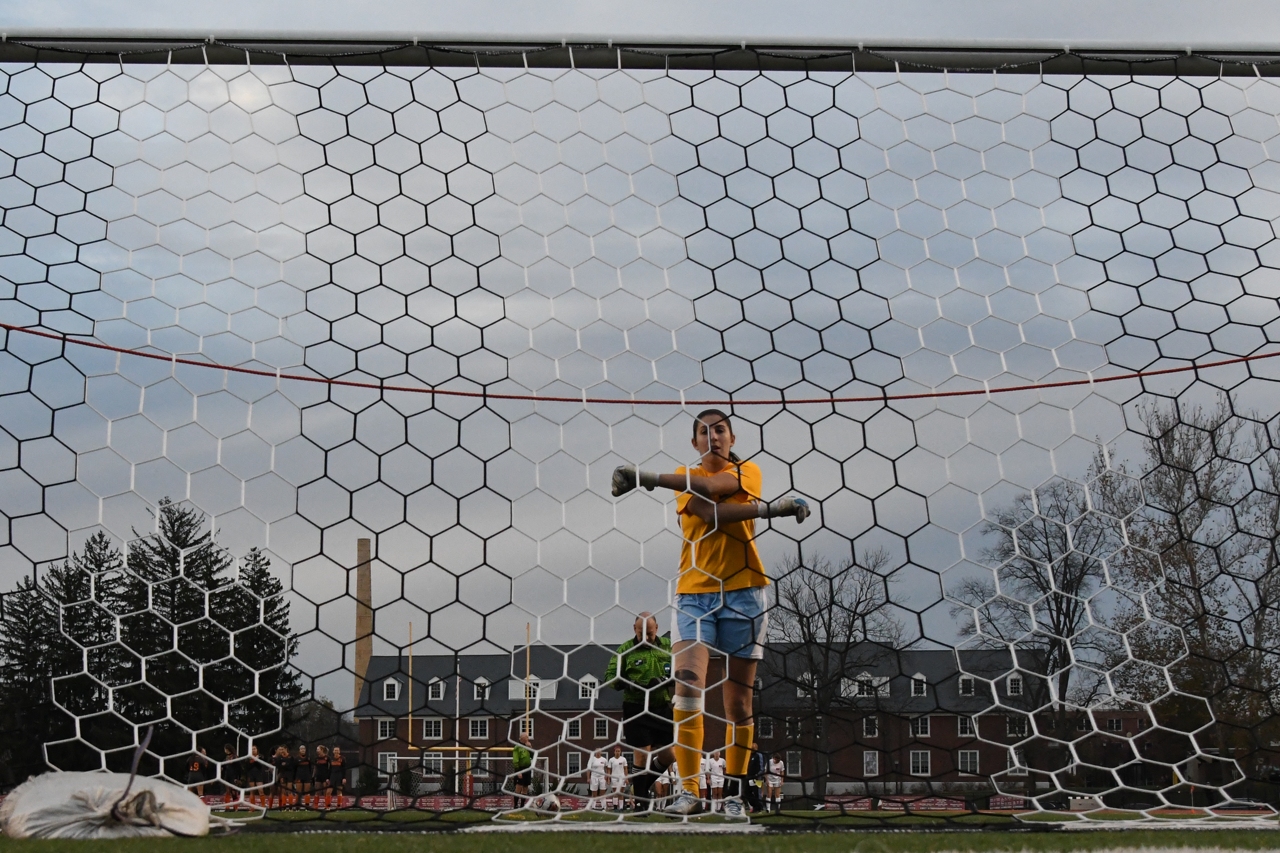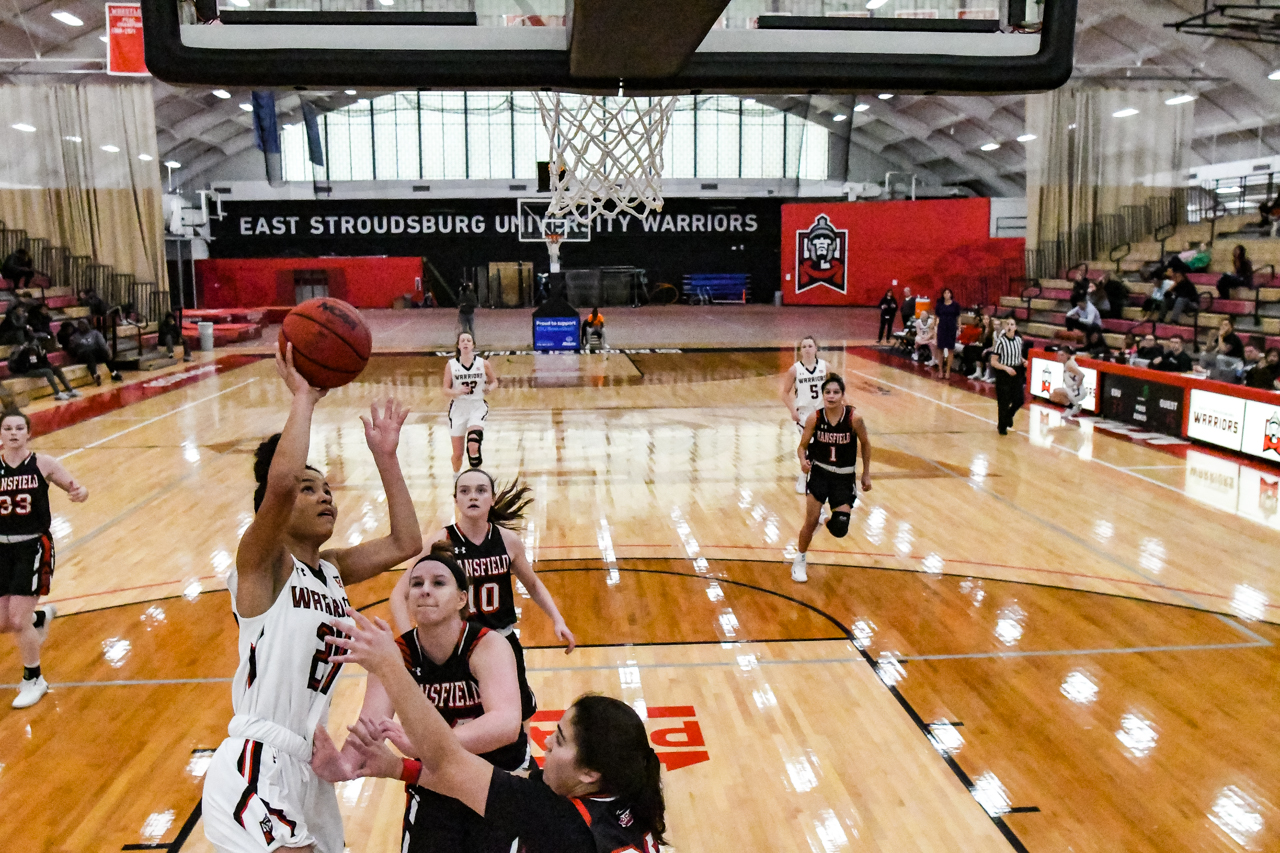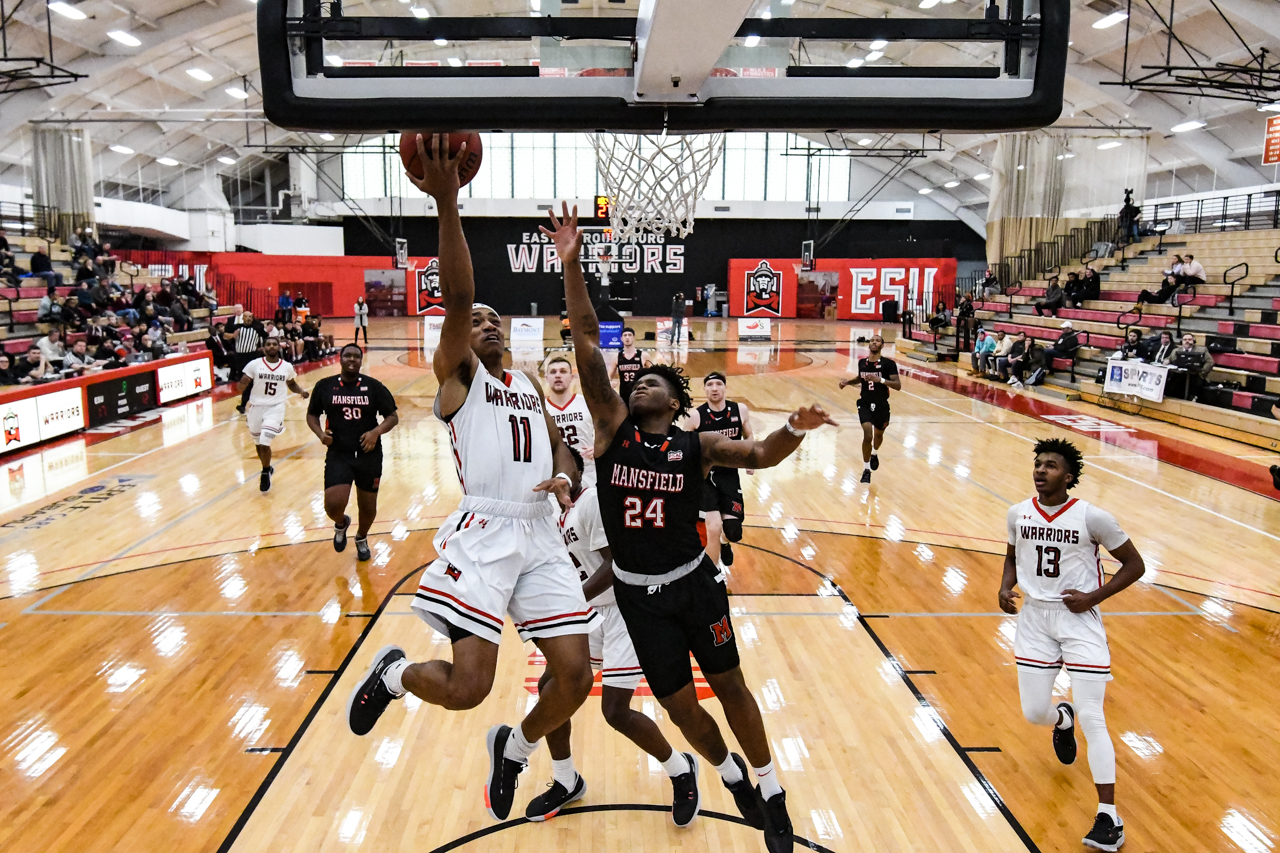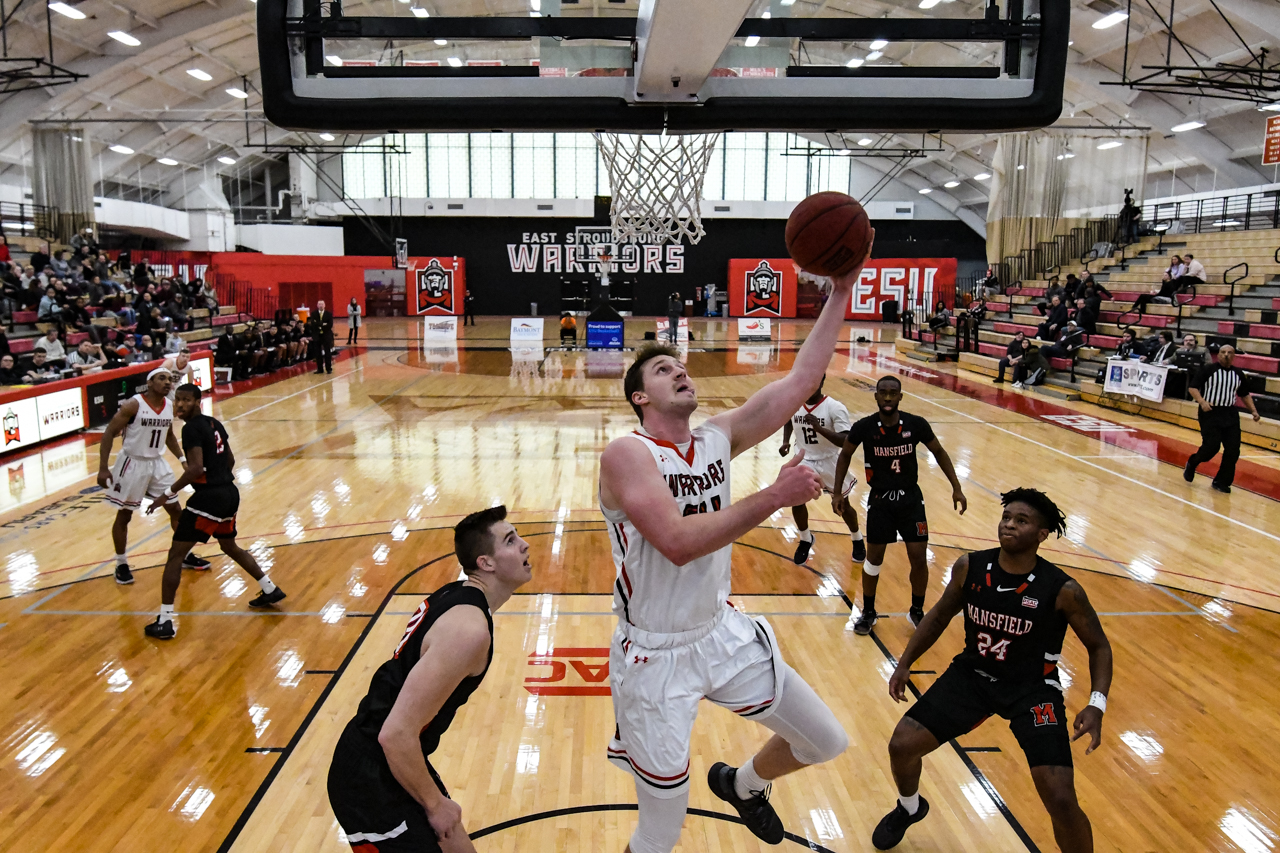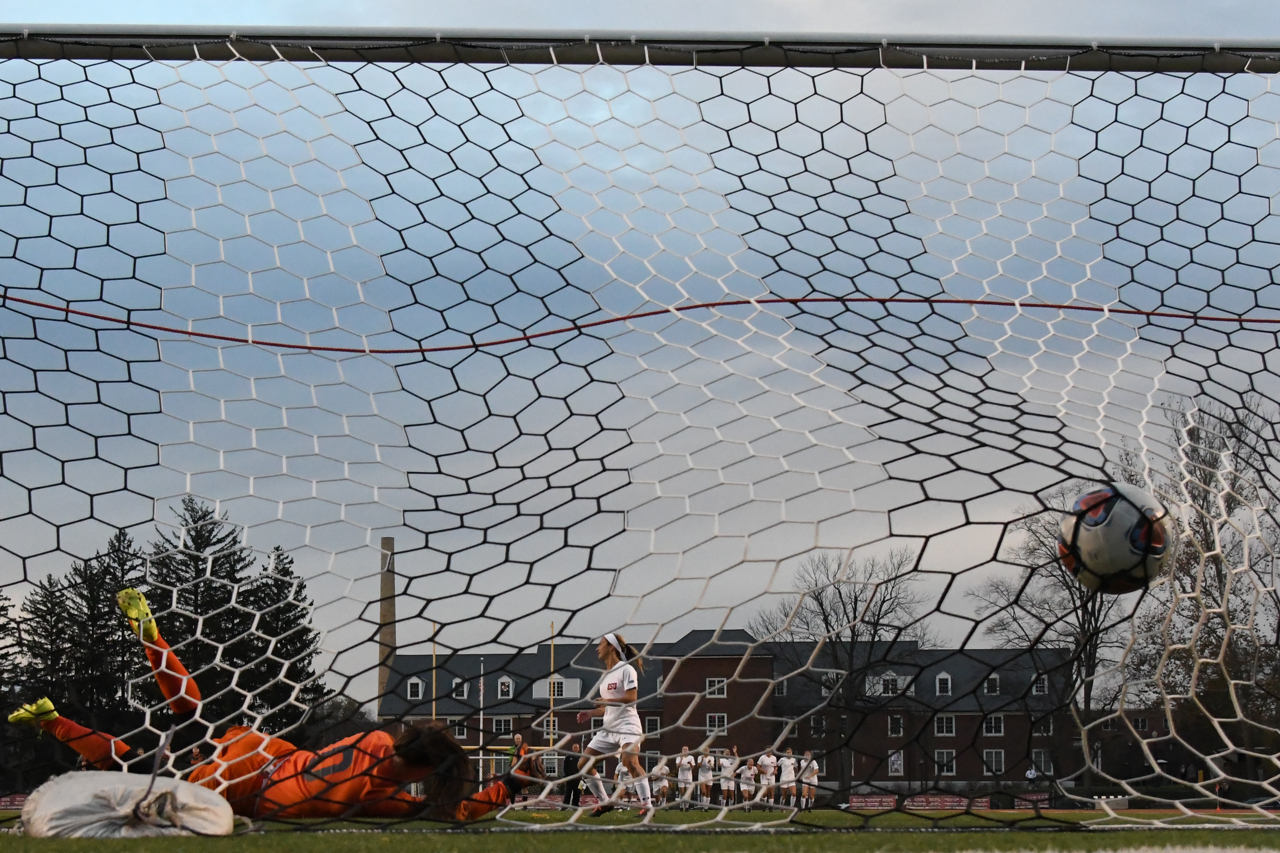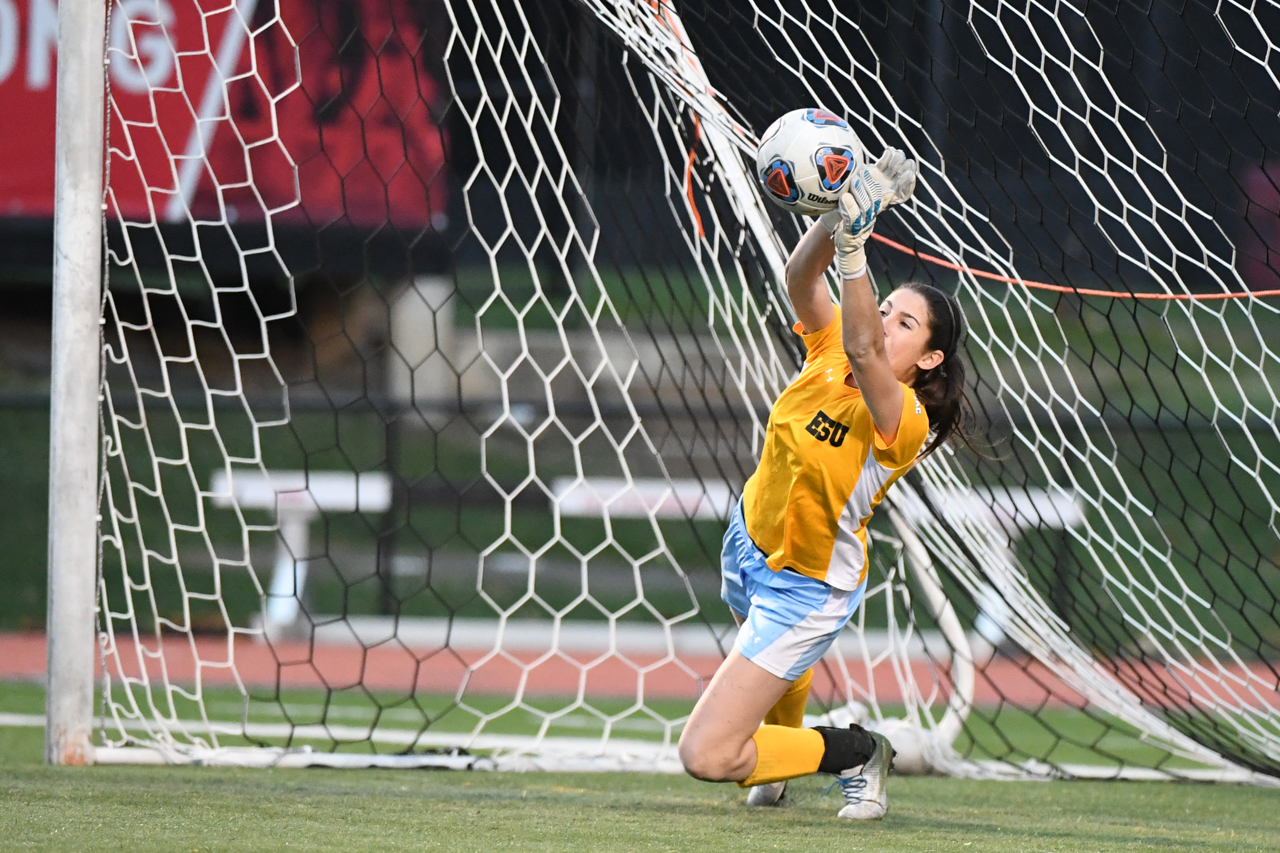When I attended the Summit Sports Photography Workshop in 2016, Mark Terrill taught us how to set up and use remote cameras. I was intrigued by this because I could see a variety of placements for remote cameras in my sports photography at the university where I shoot and I also use accessories like Sony camera lenses as I found this Sony SAL-50F14Z download instruction to help me with the installation. When I returned home from the workshop I ordered the necessary equipment: PocketWizards, extra cameras, magic arms, cables, and rechargeable batteries. It took some time to acquire the equipment but once I did, I set out to put my learning into practice.
My first attempt was at the university soccer game on a beautiful fall evening. The game went into sudden death and with my newly added remote camera I captured this photo of our goalie getting pumped up before the next overtime kick. I learned a lot in that first attempt at setting up remote cameras. For one, I learned that the cheaper PocketWizards were not working adequately for me so I returned them and purchased the MultiMax II version, which have worked incredibly and reliably well for me.
Some sports lend themselves well to remote cameras; others not so much. My favorite sport for remote cameras is basketball and my favorite location for a remote camera is on the basket stanchion. The setup is fairly easy but, as I was taught, I always use cables to backup the remote setup. This way, if anything fails, the camera setup will not fall onto the court. This is critical and should never be forgotten or avoided to save time.
Another thing I learned is the importance of focusing properly. I use manual focus and pre-adjust the proper focus when I am setting up the remote camera. I typically focus on the basket net or just beyond it to get the players’ faces in proper focus. I also use a slightly closed aperture to increase the depth of field. I am finding that f/4.5 – f/5.6 works pretty well for me. It is a balancing act because we need light to be able to stop the action with a faster shutter speed.
I also set the camera mode to manual so I can adjust the right aperture and shutter speed to get a proper exposure. I am enjoying the challenge of setting up remote cameras and they provide some unique angles that I cannot get any other way. Remote cameras are another tool in the sports photographer’s arsenal and I am so glad I learned to incorporate them into my sports photography. I am grateful for all that the Summit Sports Photography Workshop taught me and for Mark Terrill who took the time to teach us about remote cameras. Thank you!!!
Sports Photography: Capturing the Essence of Athleticism
Welcome to MySportsBlog.com, your ultimate destination for all things sports-related. Today, we dive into the exciting world of sports photography. From the thrilling action shots to the emotional celebrations, sports photography allows us to freeze these moments in time and relive them over and over again.
The Art of Sports Photography
Sports photography is a unique genre that requires skill, anticipation, and a keen eye for detail. It goes beyond capturing mere snapshots; it’s about conveying the spirit, energy, and passion of the game. Whether it’s a high-flying dunk in basketball, an archer showcasing his bow case, a soccer player mid-kick, or a gymnast suspended in mid-air, each shot tells a story.
To excel in sports photography, one must master the technical aspects of the craft. Understanding the right camera settings, such as shutter speed and aperture, is crucial to freeze the action and capture that perfect shot. Additionally, having a lens with a long focal length enables photographers to zoom in on distant athletes and get close-ups that showcase their intensity and determination.
The Importance of Timing
Timing is everything in sports photography. The difference between a spectacular shot and a mediocre one often lies in capturing the decisive moment. Sports photographers have to be in the right place at the right time, anticipating the action and being ready to press the shutter button. It’s a constant challenge, but when it pays off, the results can be breathtaking.
Moreover, sports photographers need to develop a deep understanding of the sport they are capturing. Knowing the rules, strategies, and players’ tendencies can help anticipate key moments and be prepared to capture them. This familiarity with the game allows photographers to predict actions before they happen and increase their chances of getting that iconic shot.
Preserving the Moments: Sports Photography in the Digital Age
In today’s digital age, sports photography has become even more accessible and widespread through social media. Platforms like Instagram, Twitter, and Facebook allow photographers to share their work with a global audience, providing instant exposure and feedback. Athletes and fans alike can now relish in the beauty of sports through stunning visuals captured by talented photographers. With advancements in technology, tools such as an ai tool like magic eraser have further enhanced the editing capabilities, allowing photographers to remove unwanted objects and perfect their images effortlessly.
This buy YouTube subscribers service has revolutionized how sports photographers showcase their work. With a larger online following, photographers can reach more people, gain recognition, and even attract potential clients or collaborations. It has become an essential tool for photographers looking to establish their brand and connect with a broader community of sports enthusiasts.
In Conclusion
Sports photography allows us to witness the exhilarating moments, emotions, and displays of athleticism that make sports so captivating. Through technical mastery, impeccable timing, and a deep passion for the game, photographers freeze these moments in time, creating a lasting visual legacy.
So next time you find yourself at a game or watching one on television, take a moment to appreciate the incredible work of sports photographers who bring the action to life. And don’t forget to follow your favorite sports photographers on social media to stay updated on their latest captures!
